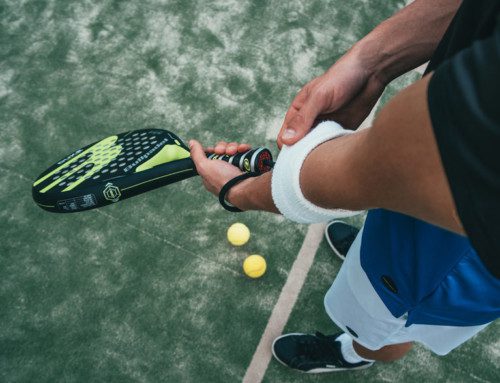Even though it may be easier to think of them as such, children are not just small or young adults. There are a number of differences in adolescents' physiology that cause them to have conditions that are unique to them. Children's bodies also respond to forces and stresses differently than those with mature skeletons, so their injuries from the same forces can differ. They also heal differently and at different rates. In this series, we will explore some of these differences and conditions unique to kids.
Characteristics of the Adolescent Skeletal and Bone Structure
There are several dissimilarities between the bone structure of mature adults and physically immature children, which result in variations for injuries and healing rates between the two age groups. Some of these differences include:
1 | The cartilage at the end of long bones, called articular cartilage, is thicker than in children than in adults and can remodel. This means that after sustaining damage, articular cartilage has better healing ability in kids than it would in a mature skeleton, which cannot heal.
2 | The junction between the epiphyseal plate (growth plate) and the metaphysis is vulnerable to disruption, especially from shearing forces. Since there are no growth plates in a mature skeleton, adults do not suffer from such injuries.
3 | The apophyses are cartilaginous plates (on the bone) that are attachments for tendons (to the bone). Since they are weak attachments, adolescents are predisposed to avulsion injuries/fractures, meaning the apophyses can pull off the bone.
4 | Children are more likely to suffer from greenstick fractures, or incomplete fractures, than complete fractures. This is because the metaphysis (which contains the growth plate) of their long bones is more resilient and elastic, and therefore able to withstand deflection (bending) without fracturing.
5 | During growth spurts, the bone grows at a more rapid pace than the muscles and tendons stretch, and this occurs before the musculotendinous complex develops the required strength and coordination to control the newly elongated bone. This phenomenon can lead to muscle and tendon injuries. Coordination is also temporarily reduced, leading to awkwardness in movement patterns commonly seen in adolescents and teenagers.
Such differences can result in different pathological conditions due to the same mechanisms of injury (MOI) between adults and kids. It is, therefore, important to understand the above considerations after an injury as it affects both the diagnosis and the treatment of the said injury.
If you have any questions regarding your child's pain or discomfort, please contact your local SET Physical Therapy office.





